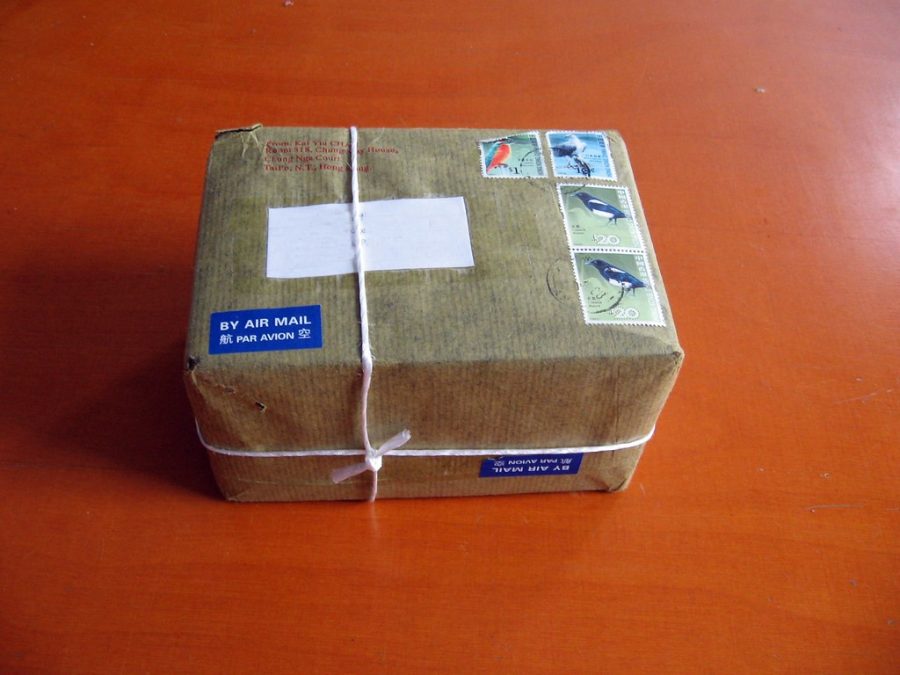Recently in three Chinese cities, frozen food packages have tested positive for COVID-19. Additionally, health officials said a surface sample of frozen chicken wings from Brazil had tested positive for COVID-19.
Since the outbreak, there have been routine screenings on meat and seafood imports which is how COVID-19 was detected. The Shenzhen Municipal Health Commission said that they were able to test everyone who came in contact with the contaminated food products, and all the tests came back negative.
Although the frozen food packages tested positive, it is very unlikely that someone could get the virus from a food package or food item, according to Kelly Reynolds, a professor and environmental microbiologist at the University of Arizona Mel and Enid Zuckerman College of Public Health.
Reynolds explained more about the likeliness of getting the virus from packages and how there are multiple ways for packages and foods to be tested.
“It is not hard to find DNA and RNA pieces of pathogens, even coronavirus, lying around the environment,” said Reynolds. “That doesn’t mean that it is viable or can cause infection because it may not even be alive.”
They most likely tested the food using a molecular method that detects the nucleic acid of the organism and it has no relation to whether the organism was alive or could cause infection.
“Let’s say worst-case scenario they used a culture method, and the virus could potentially infect somebody, you then have to think about the transmission,” Reynolds explained.
The transmission would be through digestion and it has been proven that COVID-19 cannot spread through digestion. Additionally, you would most likely heat up your frozen food in some way which would then kill the virus.
RELATED: CDC issues ‘very concerning’ new guidelines regarding who test for COVID-19
One exception is that proteins do protect the coronavirus and help it survive longer.
“You can have something like mucus or feces, all of these have protective proteins that can surround the virus and help it survive more,” Reynolds said.
Proteins helping the virus to survive is why there is a concern with surface contamination in a hospital environment because the virus in this environment is likely around mucus and proteins that can help protect it.
“A food item could be very protected too, like ground beef which has a lot of animal fat and protein, could protect the virus,” she explained.
Therefore, it is possible that the virus could survive in those types of foods, but if you cook the food it is most likely not going to survive.
“The only way you could possibly get the virus from these foods or packages is if you handle the food or package and then touch your eyes or mouth, and that is assuming the virus is alive which chances are it is not,” Reynolds said.
Even though it is not impossible to become infected from food or food packages, it is highly improbable. This is the same case with packages that come in the mail. If a package looks soiled, then it could possibly have fresh mucus and saliva on it that could be harboring the virus.
“Then your risk might have more of an increase, but I would say anytime you are out in public and touching things that other people touched you should wash your hands,” Reynolds said.
Most likely when you hear that foods or packages have tested positive for COVID-19, it was a molecular test and the virus most likely wasn’t alive and would not be able to infect someone.
Follow Jillian Bartsch on Twitter









